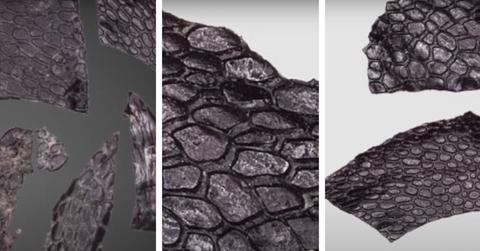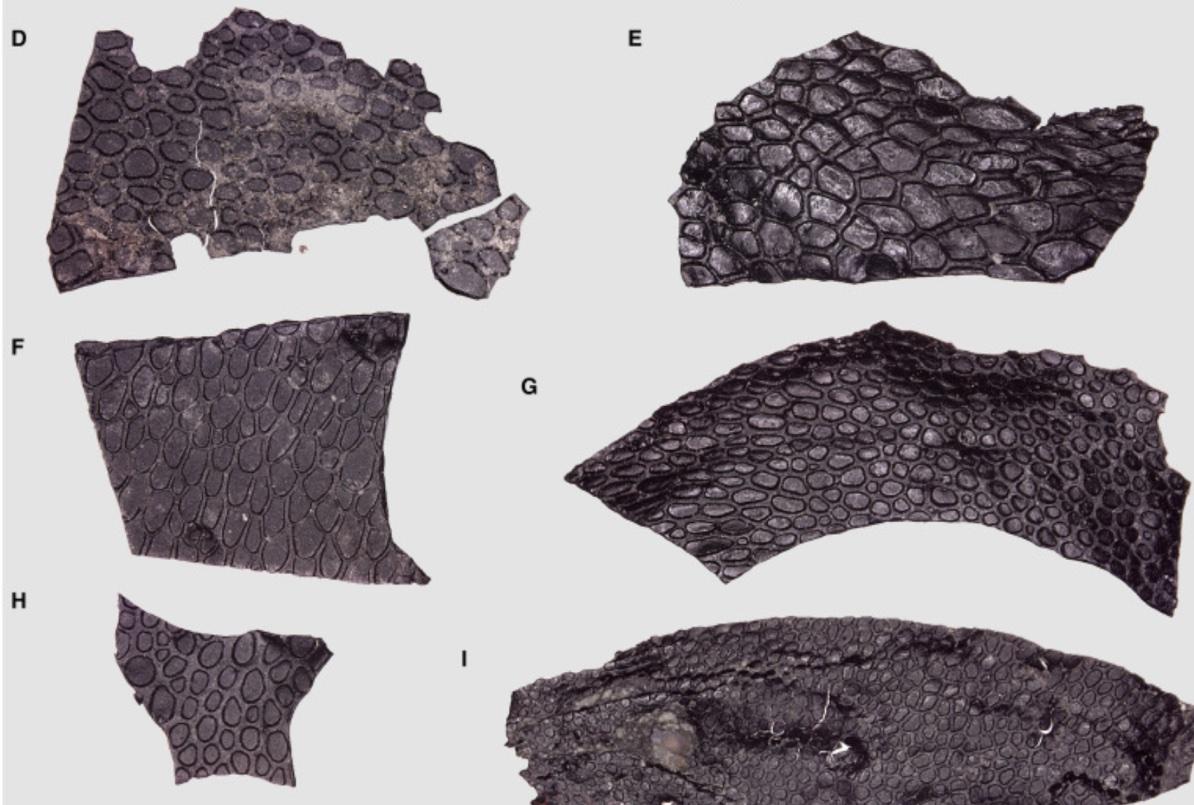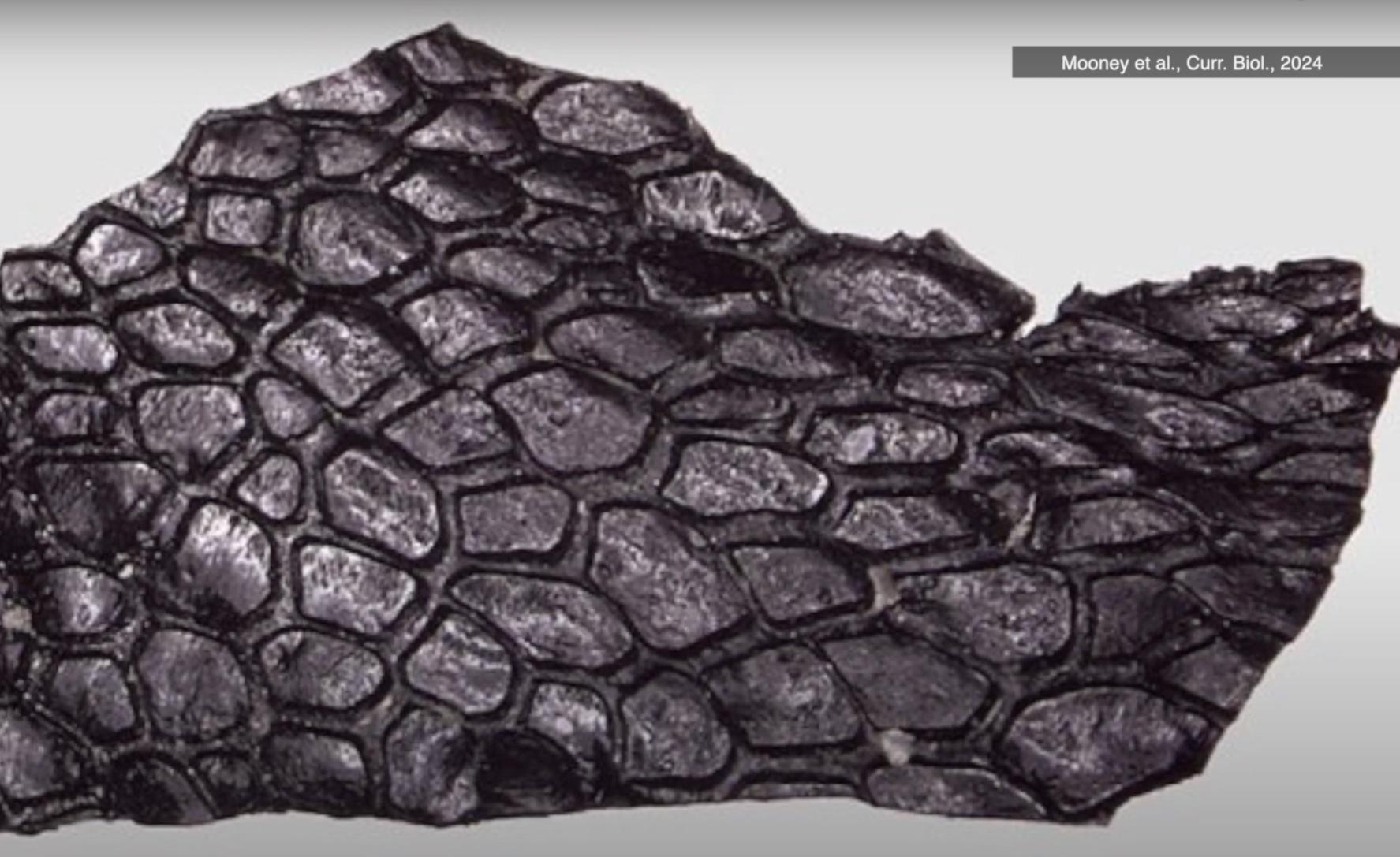286-Million-Year-Old Reptile Skin Found in Oklahoma Cave
Updated Jan. 12 2024, 11:38 a.m. ET
The fossilized skin of a reptile-like animal was found in a cave in Oklahoma by a team of paleontologists from the University of Toronto Mississauga and is estimated to be more than 20 million years older than the previous record-holder for a skin fossil, per the research team and their reported findings in Current Biology.
The finding, which is believed to be at least 286 million years old, was discovered in the Richards Spur cave system, a fascinating area of Oklahoma uniquely suited to preserve fossilized remains, per Smithsonian Magazine. Here's what we know about the record-setting discovery.
Researchers found the "oldest-known evidence" of amniote skin in an Oklahoma cave.
The mesmerizing discovery of the oldest-ever skin fossil (to date) provides insight into the history and evolution of amniotes, which were reptile-like land animals predating what we know today as dinosaurs, per a CK-12 lesson page.
For reference, the record-setting fossilized skin features both "scale patterns" and "internal structures" akin to today's crocodiles, per Smithsonian Magazine. Its "hinge region" also bears a resemblance to present-day snakes.
News of the finding in Popular Science clarifies the variance of dates reported about the nature of the record-setting fossil: Estimated to be between 286- and 289 million years old, it is both 20-plus million years older than the previous record-holder for oldest skin fossil and 130-plus million years older than the "comparable samples" of Jurassic-period dinosaurs.
Per Science, the fossilized remains are pegged to be from the Paleozoic Era, an intriguing period of history for researchers. The fossilized skin, researchers say, may provide insight into how animals during this period came to live on land after previously living in the water.
Though the flakes of fossilized skin are said to be no larger than a fingernail, per Popular Science, they nevertheless found "exceptionally rare" soft tissue preserved, which was originally thought to be shattered remains of fossilized bone.
Tar found in the Richards Spur cave site where the fossil was found, combined with unique environmental conditions such as limited oxygen, inhibited the decomposition process and kept fossils in the area well-preserved, according to Ethan Mooney, the report's lead author on the findings.
The remarkable fossil preservation is rare, and the almost 300-million-year-old find offers a chance to expand what we know of the evolution of land animals throughout history.
This landmark discovery may have major implications into the evolution of land animals.
Researchers don't have a definitive, fully-formed answer as to how the skin of some animals in the Paleozoic Era evolved from suitability in the water to allow them to live on land, per Science. Some believe this fossil can clue researchers into this period of how those animals evolved and adapted to their new environment.
Likewise, the fossil affords researchers immense insight into what early amniotes and their skin looked like. And as Popular Science notes, the skin's resemblance to modern-day crocodiles means it hasn't changed as much as you might think over 300 million years.
The more things change, the more they stay the same.


